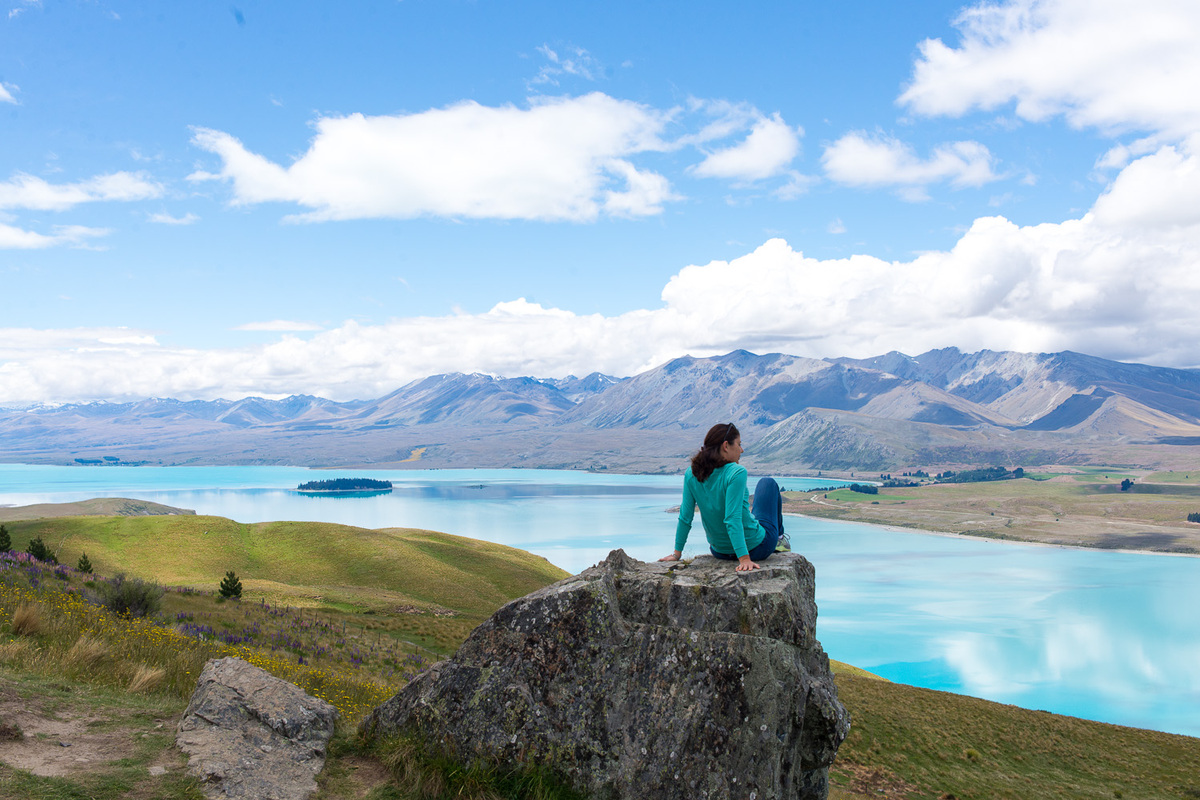That incredible feeling of booking a trip, dreaming of ancient ruins, bustling cityscapes, or serene beaches – it’s what travel dreams are made of! Exploring the world, from the bustling street food stalls of Bangkok to the historic cobblestone lanes of Rome, is an adventure that opens us up to incredible new experiences. But let’s be real, sometimes the unexpected happens. A twisted ankle on a hike in Patagonia, a fender bender with a rental car in Tuscany, or a sudden illness in a remote village – these things can throw a wrench in the best-laid plans.

Photo by Andrei Tanase
That’s why a little preparation is your best travel companion. By understanding common travel risks and learning how to minimize them, you can ensure your trips are not just memorable, but also secure. Whether you’re planning an epic cross-country road trip through the American Midwest, flying to the other side of the world to explore the wonders of Japan, or simply hopping on a train for a European city break, knowing what steps to take if an accident occurs can make all the difference.
Understanding Common Travel Risks
Every amazing destination, be it the chaotic charm of Rome or the tranquil wilderness of the Canadian Rockies, comes with its own unique set of potential hiccups. These might range from vehicular accidents – imagine navigating a roundabout in a new country for the first time! – to health emergencies or even unpredictable natural events like a sudden tropical storm in the Caribbean.
Car accidents are the most common incidents travellers encounter, especially for those who rent vehicles in unfamiliar areas. Pedestrian accidents remain a significant concern in busy urban environments. Researching your destination is critical; knowing which areas are considered safe can help you avoid potentially dangerous situations.
Understanding local traffic laws and road conditions can drastically reduce your risk of getting into a vehicle accident. Learning basic local emergency numbers can provide you with peace of mind, making it easier to seek help if needed. Familiarise yourself with the health care system of your destination as well. Different countries have various regulations when it comes to health emergencies, so it’s best to be prepared.
Essential Preparations Before You Travel
Travel preparation goes beyond packing. Secure travel insurance that covers accidents and medical emergencies, and review your health insurance for international coverage. Carry both digital and physical copies of key documents like your passport and insurance policy. A basic first-aid kit with essential medications can be invaluable in unexpected situations.
Save emergency numbers—such as the local police, fire department, and nearest hospital—in your phone. Finding trustworthy legal resources, like those available at https://ltlaw.com/, can guide you in understanding your rights and responsibilities while traveling. Taking these steps helps ensure a safe and stress-free journey.
Staying Informed During Your Travels
Once you’ve arrived at your destination, staying informed is crucial. This entails being aware of local news and social media channels that provide updates on any emergencies or hazards. Many cities have travel apps with real-time information on changes in road conditions, weather events, and security alerts. Keeping a close eye on local laws and regulations, especially as they pertain to safety, ensures you’re compliant with local standards. Many cities, from Tokyo to London, have travel apps offering real-time information on public transport disruptions, road conditions, or security alerts.
Use mobile maps that allow you to navigate while displaying real-time traffic alerts. Register with your country’s embassy upon arrival so that they can notify you of any emergencies that might impact travelers in the area. Familiarizing yourself with common scams or practices that may pose risks to tourists is equally important, as this can help avoid becoming a target.
What to Do in Case of an Accident
If you find yourself in an accident while travelling, knowing the steps to take can save time and reduce stress. Firstly, ensure that you and your dependents are safe before moving forward with any other actions. If it’s a vehicle accident, make sure to call the local authorities, report the incident, and obtain a police report. If anyone is injured, seek immediate medical attention, either by calling for an ambulance or heading to the nearest hospital.
Documenting the details of the incident should be your next step—take photos of the scene, vehicles involved, and any relevant street signs. Exchange information with any other parties involved, and be clear and concise when reporting the events to authorities. Finally, keep a detailed folder of all reports, medical records, and communications regarding the accident for future reference.
Dealing with the Aftermath
Accidents can have lasting effects, both mentally and physically, on those involved. After an incident, it’s essential to process the event emotionally. Taking time for yourself, speaking with friends or family, or seeking professional help if necessary, can aid in recovery. Understand that some injuries may not manifest immediately, and monitoring your health should remain a priority.
Communicate with your insurance company about the next steps in processing any claims related to your accident. Ensure that you keep all related documents organized for ease of access, including medical bills and correspondence. It may be beneficial to consult with legal professionals who specialize in travel-related accidents to understand your options fully.
What to Do When Things Go Sideways: An Accident Action Plan
Okay, deep breath. If you do find yourself in an accident while exploring that dream destination, knowing the right steps can reduce stress and lost time.
- Safety First: Ensure you and anyone with you are safe. If it’s a vehicle accident on a remote Scottish Highland road or a busy city street, move to a safe location if possible.
- Authorities & Medical Help: Call local authorities. Whether it’s the Carabinieri in Italy or the local sheriff in a US national park, get an official report. If anyone is injured, seek immediate medical attention. Know how to ask for an ambulance in the local language if possible, or head to the nearest clinic or hospital.
- Document Everything: This is crucial. Take photos of the scene (e.g., damage to your rental scooter in Thailand, the pothole that caused a fall), any vehicles involved, relevant street signs, and even weather conditions.
- Exchange Information: Get names, contact details, insurance information, and license plate numbers from any other parties involved. Be clear and concise when reporting events.
- Keep Records: Create a dedicated folder (digital and physical) for all reports, medical receipts, communication with insurance, photos, etc. This will be invaluable later.
Dealing with the Aftermath: Healing and Handling the Hassle
Accidents, even minor ones, can shake you up, casting a shadow over your Balinese yoga retreat or your foodie tour of Vietnam. After an incident, it’s essential to process the event emotionally. Take time for yourself, talk to travel buddies, friends, or family back home, or seek professional support if needed. Remember, some injuries or even just the shock might not be immediately apparent. Keep an eye on your health.
Your next call will likely be to your insurance company to start any claims process. Having all your documents organized will make this much smoother. Depending on the severity and location (navigating a claim from a car hire in Spain can be different than one from home), you might consider consulting with legal professionals who specialize in travel-related incidents to understand your options fully.

Photo by Leah Newhouse
Making Use of Technology
Technology can play a significant role in ensuring travel safety. Several apps can track your location, share your itinerary with loved ones, and log emergency contacts. Consider downloading safety apps that can instantly alert your contacts if you’re in a distressed situation.
Many modern smartphones have GPS tracking, helping you find your way back to safety if you become disoriented. Cloud storage services allow you to backup important documents digitally, ensuring that you have access in case of loss or theft. Consider using language translation apps to help you communicate more effectively in non-English-speaking regions.
By understanding common risks, preparing effectively, and staying vigilant during your travels, you can minimize the chances of accidents. Keeping informed about your surroundings and knowing the steps to take in an emergency are vital components of a safe travel experience. Being proactive can transform potential vulnerabilities into periods of enjoyment, where you’re solely navigating challenges and making unforgettable memories.










